I just received a copy of the new Sony 20 mm f/1.8 G lens. I’ve ordered the similar Nikkor S. I’ll be testing both of them, separately and together. FOr those of you who’ve been following the color profiling work, don’t worry; I’ll be doing both types of testing at the same time. Just don’t ask me to chew gum, too.
The Sony 20/1.8 is a good example of what Sony E-mount lenses have grown up to be. Nice size. Balances well on the camera. An aperture ring right on the lens, just where God intended it to be. An AF/MF switch, and a programmable button. All good stuff.
I first performed my initial screening test. To do the test at f/2, my distance-estimating graph said I needed to be at almost 30 meters. The largest target that I’ve printed has the low-contrast Siemens Star diameter at 22 inches, which is very small in the frame. I really should have printed up a larger target, but I went ahead and ran the test. Here’s what I got, at about 250%:
The target is so small that in the center image, all the detail we see is aliased. The right side looks a tad soft. It might be tilt, or it might be something else. The next test will determine that. In any event, it’s not enough to be harmful to normal photography.
The next test decreases to target distance to about 8 meters, and focuses for each shot, so field tilt is calibrated out. At f/1.8 and 100%:
Each image in the above composite is the best of three, since the medium-spot AF-S that I used is not infallible. Now things are more even from right to left, so it looks like there is a bit of tilt. Notice that there isn’t much corner falloff for an inexpensive fast wide lens shot wide open.
I next did an aperture series, again focusing each shot with AF-S, and only using the center and the lower-left corner.
On-axis, at about 250%:
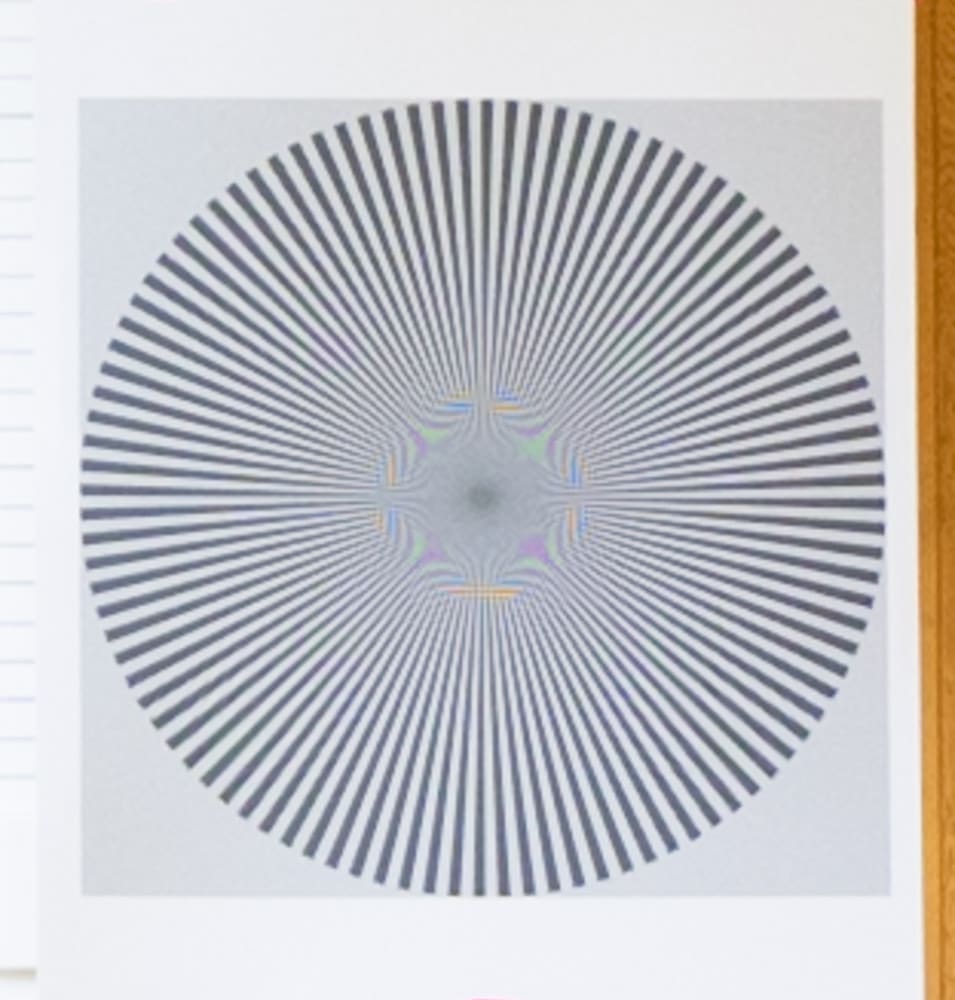
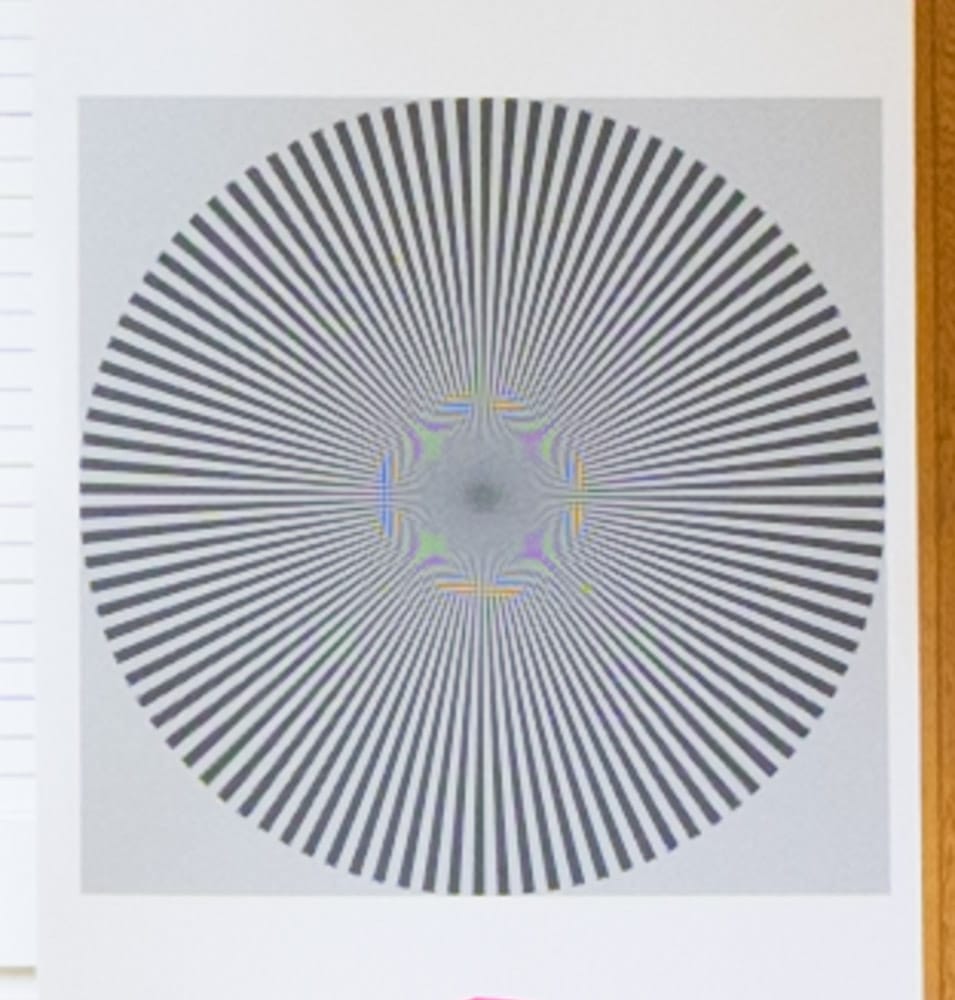
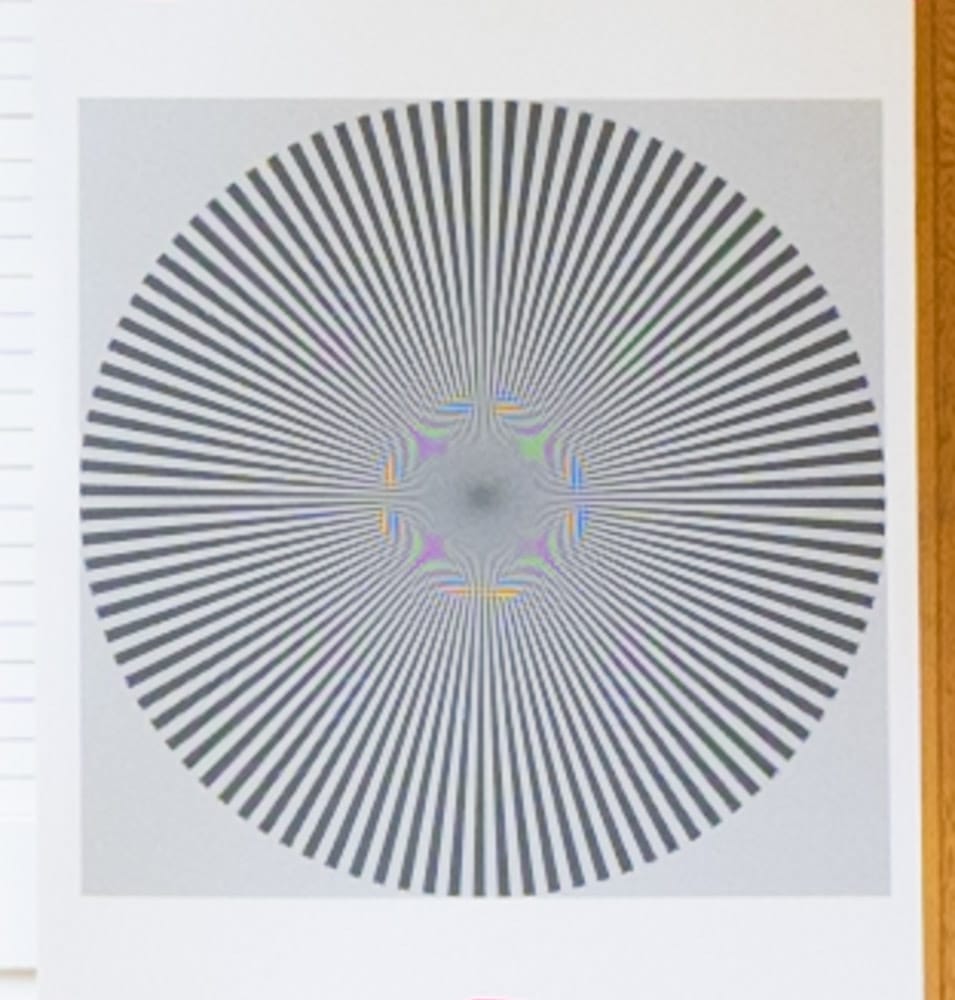
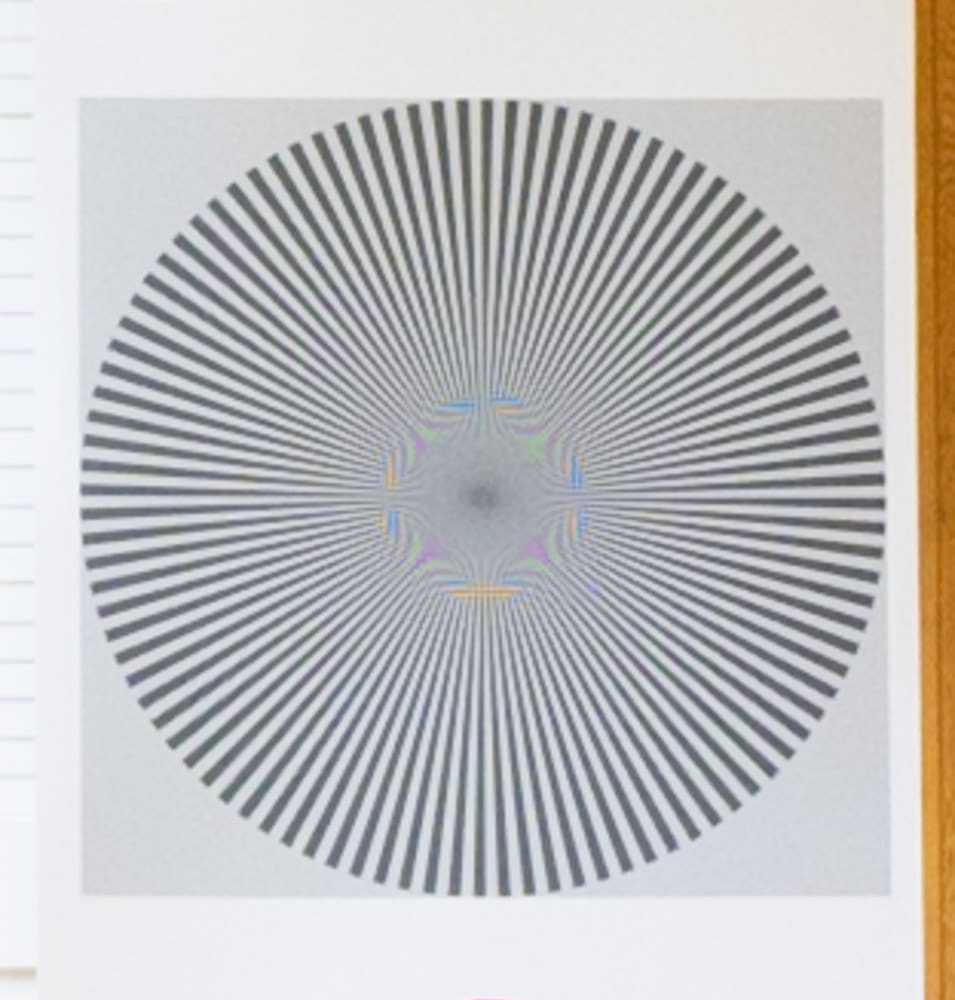
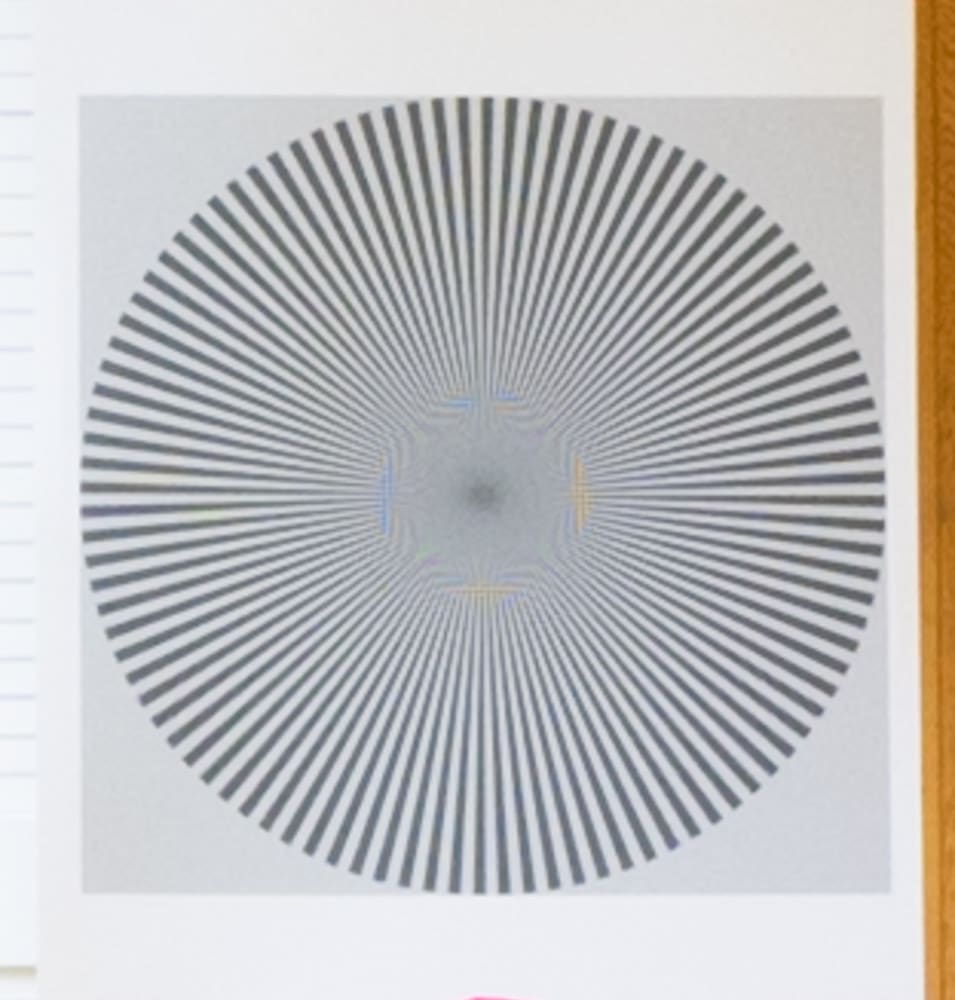
On-axis, either f/2.8 or f/4 is the best stop.
In the corner:
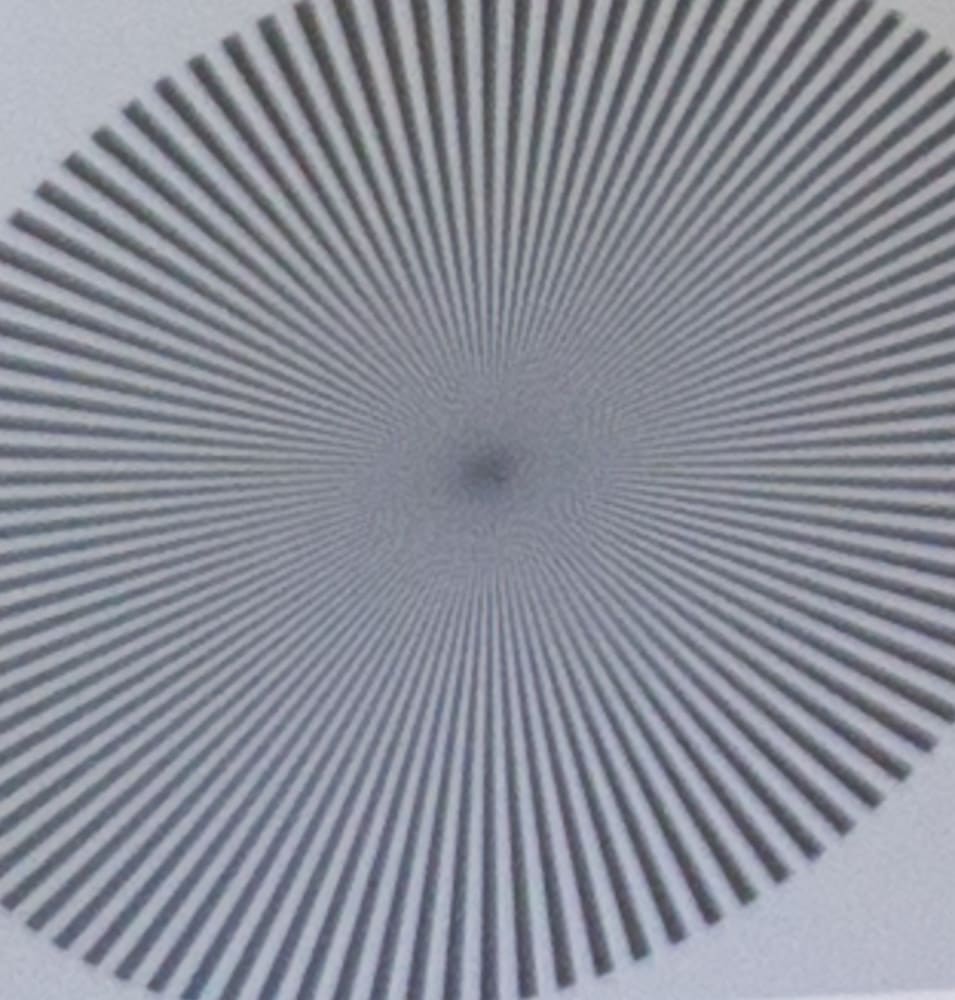
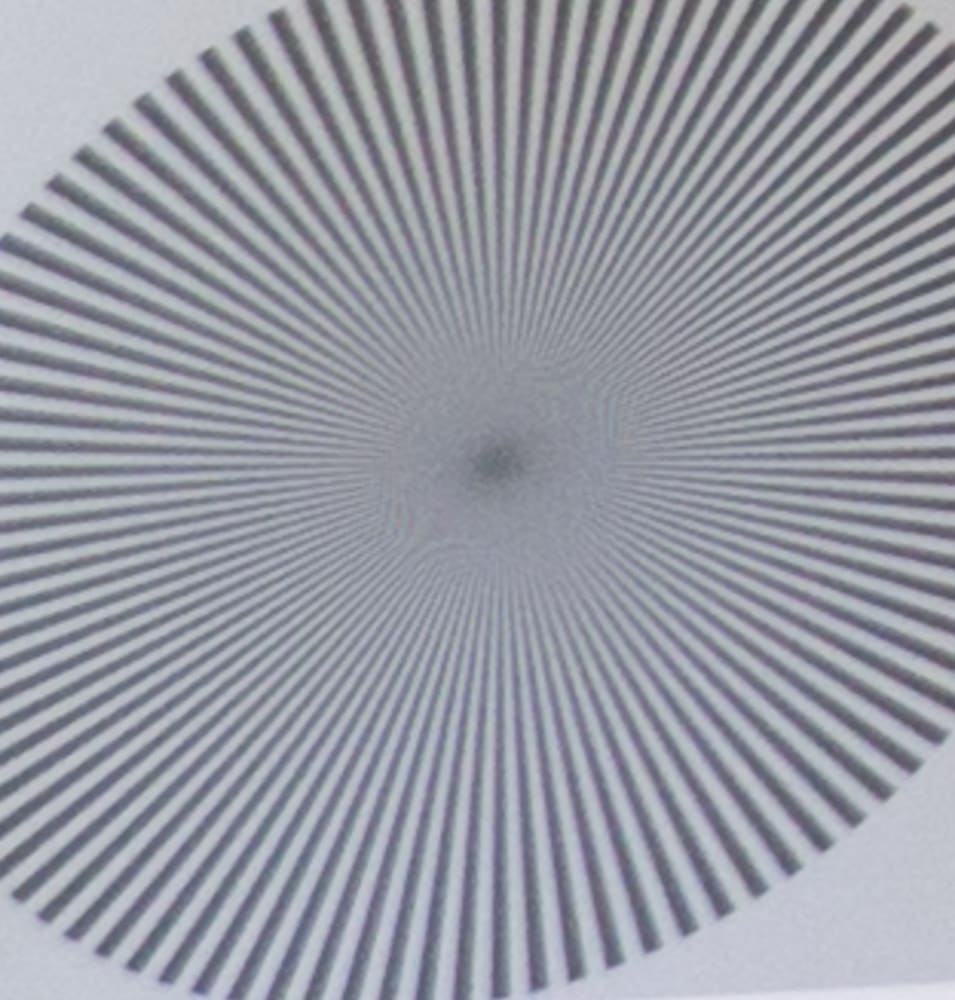
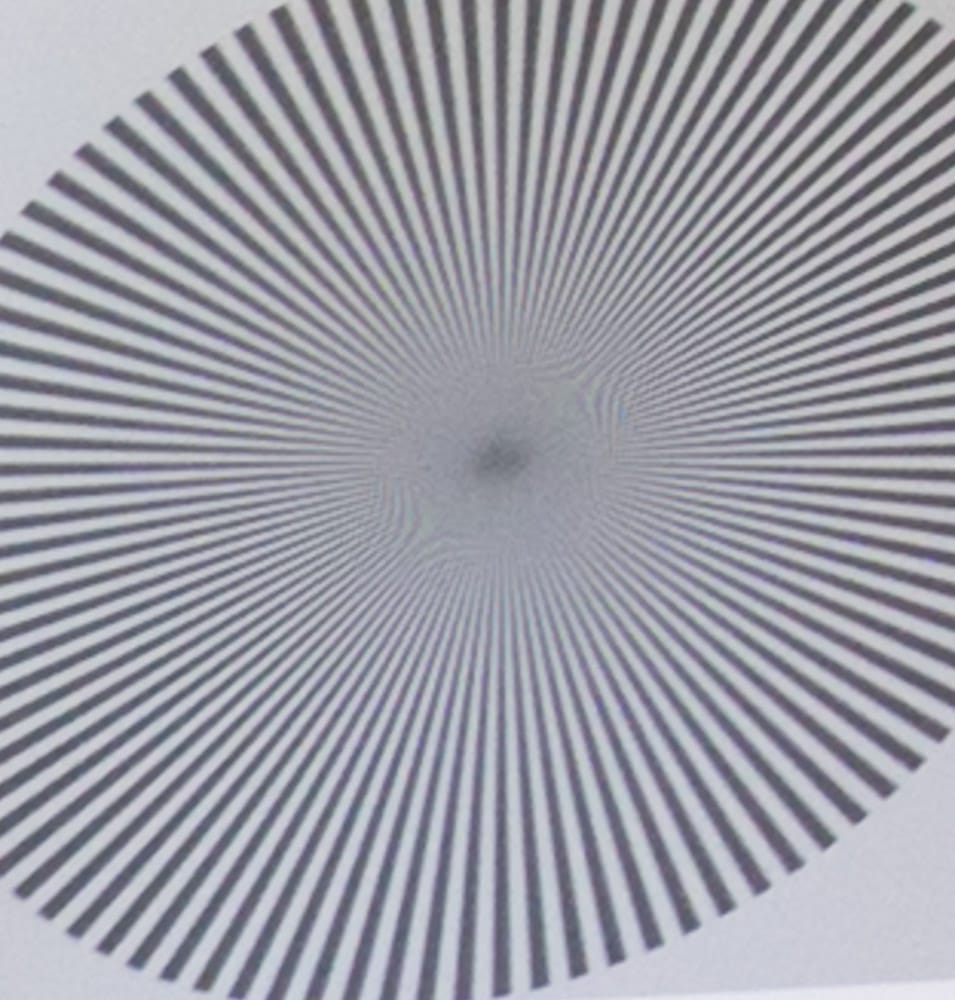
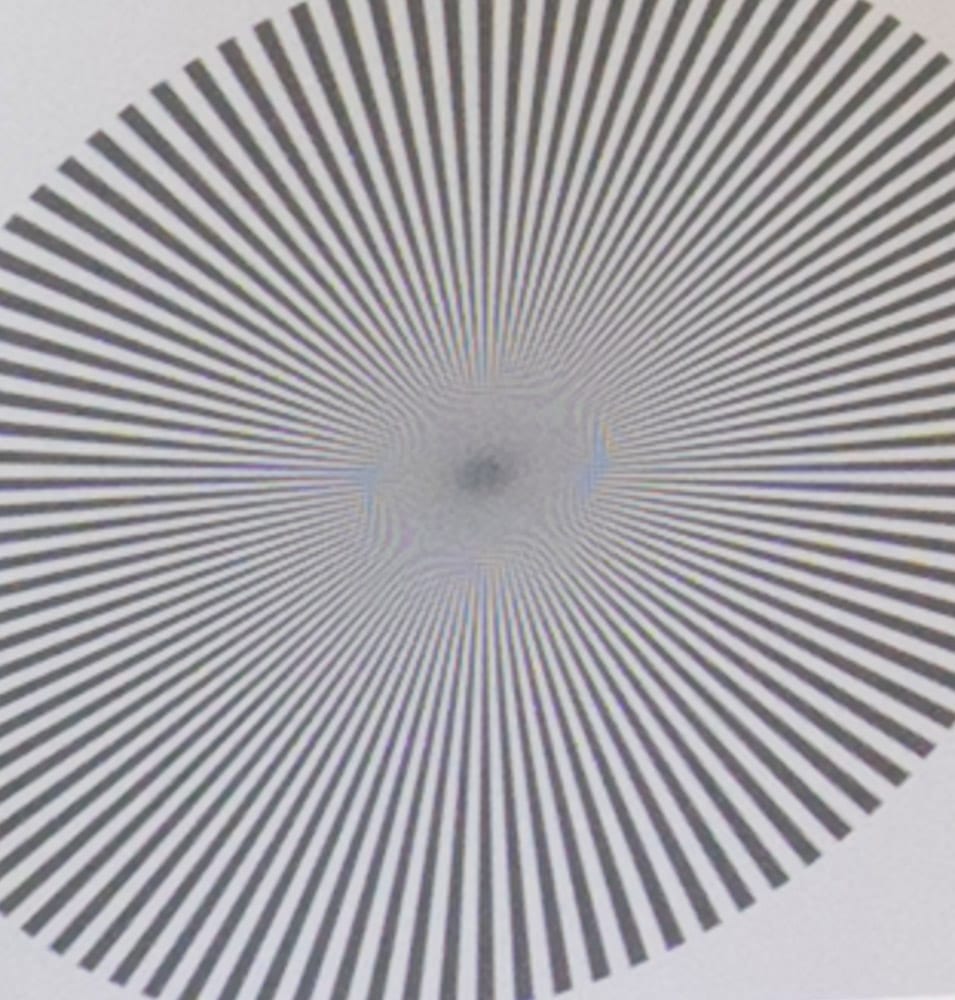
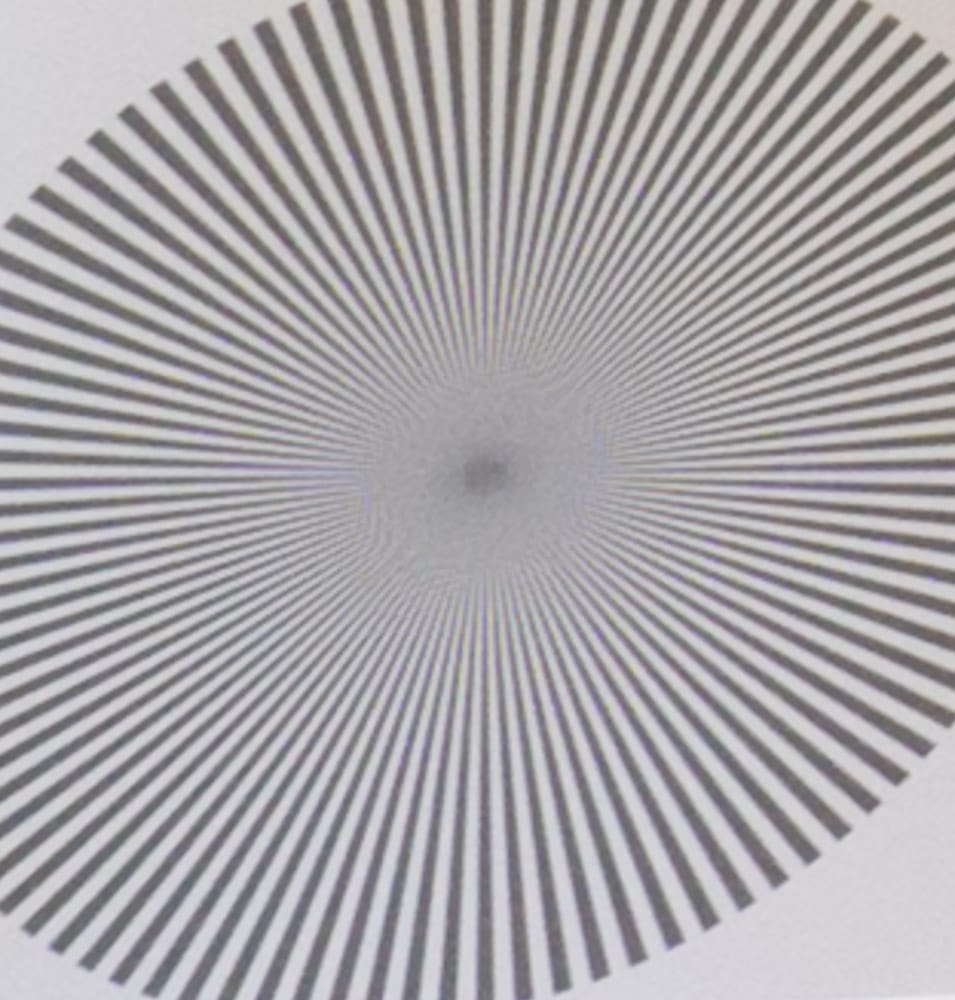
f/5.6 is the best aperture in the corner. You can see the falloff decreasing as I stopped down. You can also see a color shift. I’m not sure what that’s about.
This looks like a promising lens.
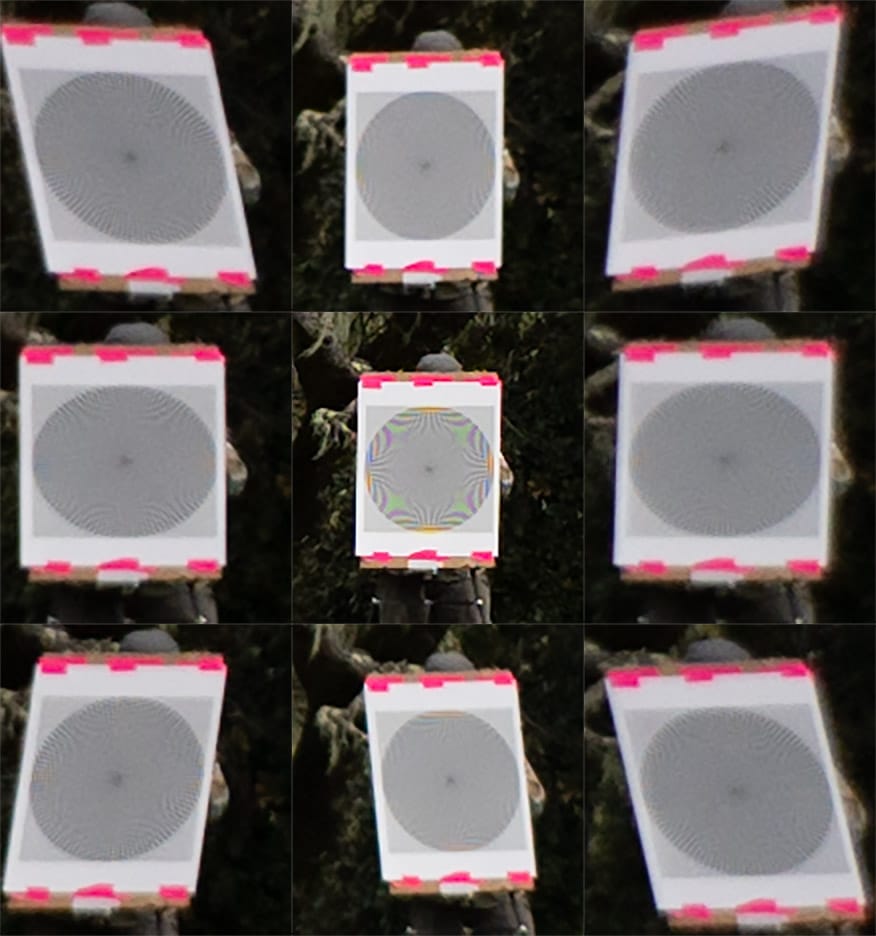
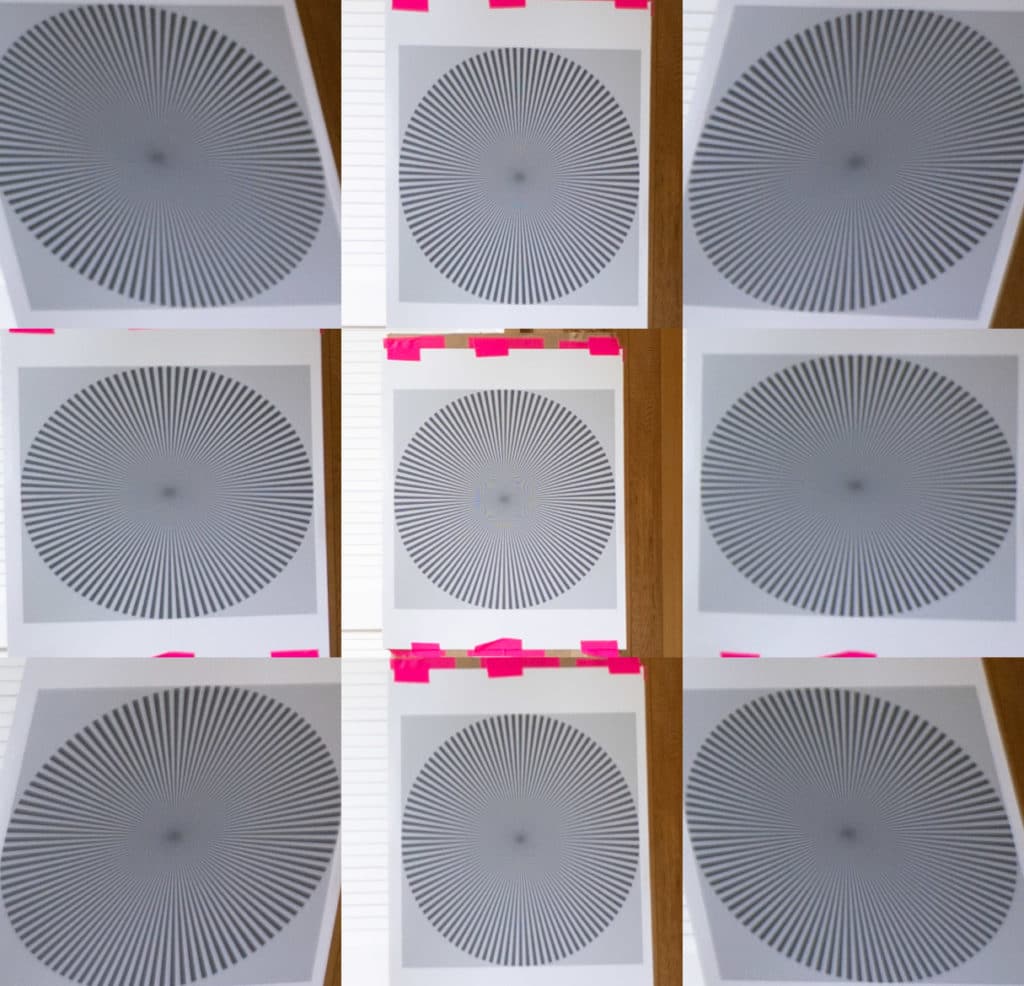
I, too, got my Sony 20mm 1.8 today and tested it right away. I used five USAF test charts, putting one in each corner and one in the middle of a test screen and shot at a distance of 40x the focal length. (That is a factor Leitz once said was the shortest shooting distance for testing lenses to reflect normal shooting.) I always use this test to see if lenses are properly aligned as one of the lenses I had for my first Sony A7 was severely misaligned. The 20mm is not.
A short summary of my test: the center is best at f/4 and 5.6 with significant drop at f/16 and even more at f/22.
The corners are only one step down on the USAF chart compared to the center at f/4 and 5.6 However, at f/2.8 and also at f/8 and 11, the corners are as good as the centers.
I agree with everything you said about size (I would add weight), balance, aperture ring etc. All good stuff. I traded in my 16-35mm f/4 which was just half an inch longer and 150 grams (about 5-6 oz) heavier. It also had a larger filter size. It felt uncomfortable compared to the 20mm.
I get a significant drop in the center at f/8. I didn’t test the narrower apertures, as I expect them to be nearly diffraction-limited, and certainly heavily diffraction-affected, at least in the center.
I don’t see the corners as good as the centers down to f/8.
I tested at 400x the focal length, though.
Enjoy your new lens.
Hi Jim – I also tested a new 20mm f1.8 on an A7RIV. My first one had substantial right side weakness until f5.6. My second is close to perfectly centered. I took a few landscapes yesterday.
Wow, it’s quite a lens, especially for the price! I also see almost no chromatic aberration, less than the 24mm GM. I appreciate all of your blog posts. Thanks for sharing your knowledge and experience.
I also appreciate your posts about how to test a lens to make sure it’s not titled and well-centered. I’ve adopted a slightly modified version of your test method that works great for me and is giving me consistent and repeatable results (I test in the 9 quadrants like you which I find makes a big difference vs. just testing 4 corners, but instead of using a Siemens chart I use a distant building/structure with significant detail – this allows me to be further away than the chart and also to still get a larger number of pixels to compare).